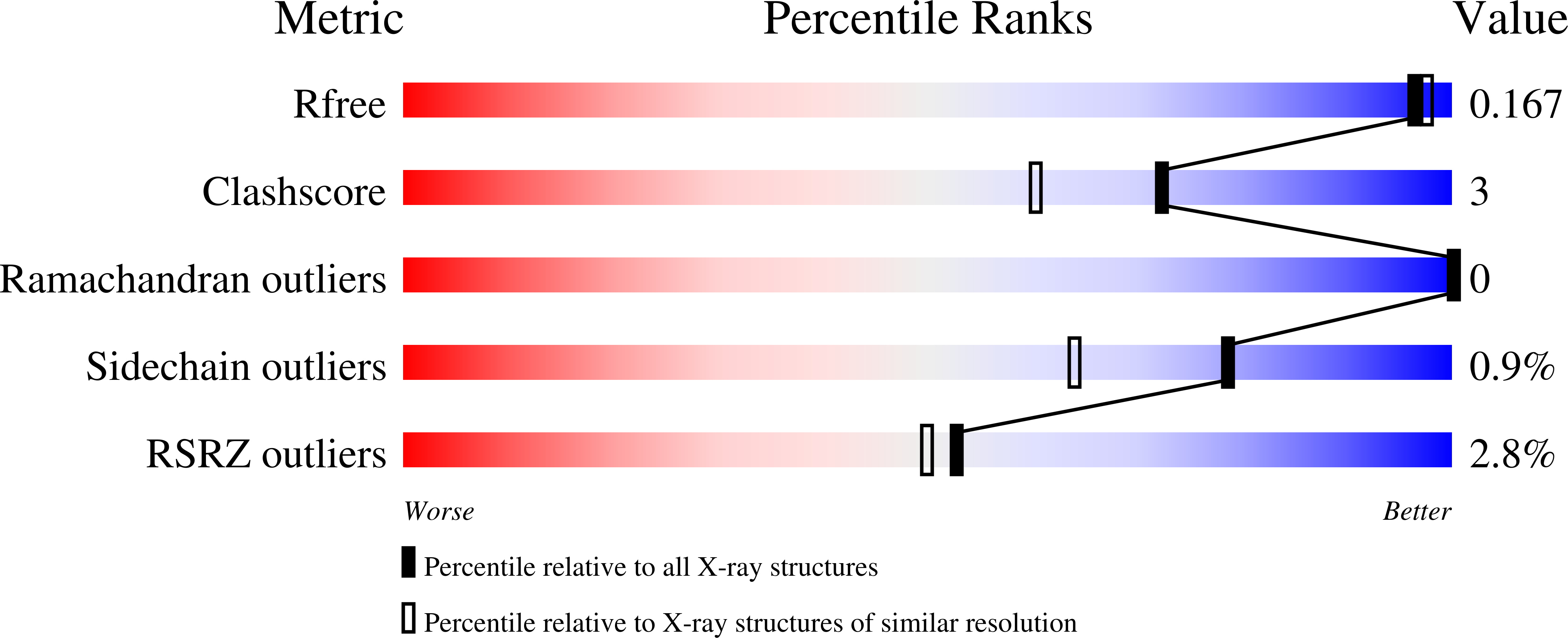
Deposition Date
2019-10-11
Release Date
2020-11-18
Last Version Date
2024-01-24
Entry Detail
PDB ID:
6T3V
Keywords:
Title:
Psychrophilic aromatic amino acids aminotransferase from Psychrobacter sp. B6 cocrystalized with substrate analog - malic acid
Biological Source:
Source Organism:
Psychrobacter sp. B6 (Taxon ID: 408968)
Host Organism:
Method Details:
Experimental Method:
Resolution:
1.62 Å
R-Value Free:
0.16
R-Value Work:
0.12
R-Value Observed:
0.12
Space Group:
P 65 2 2


